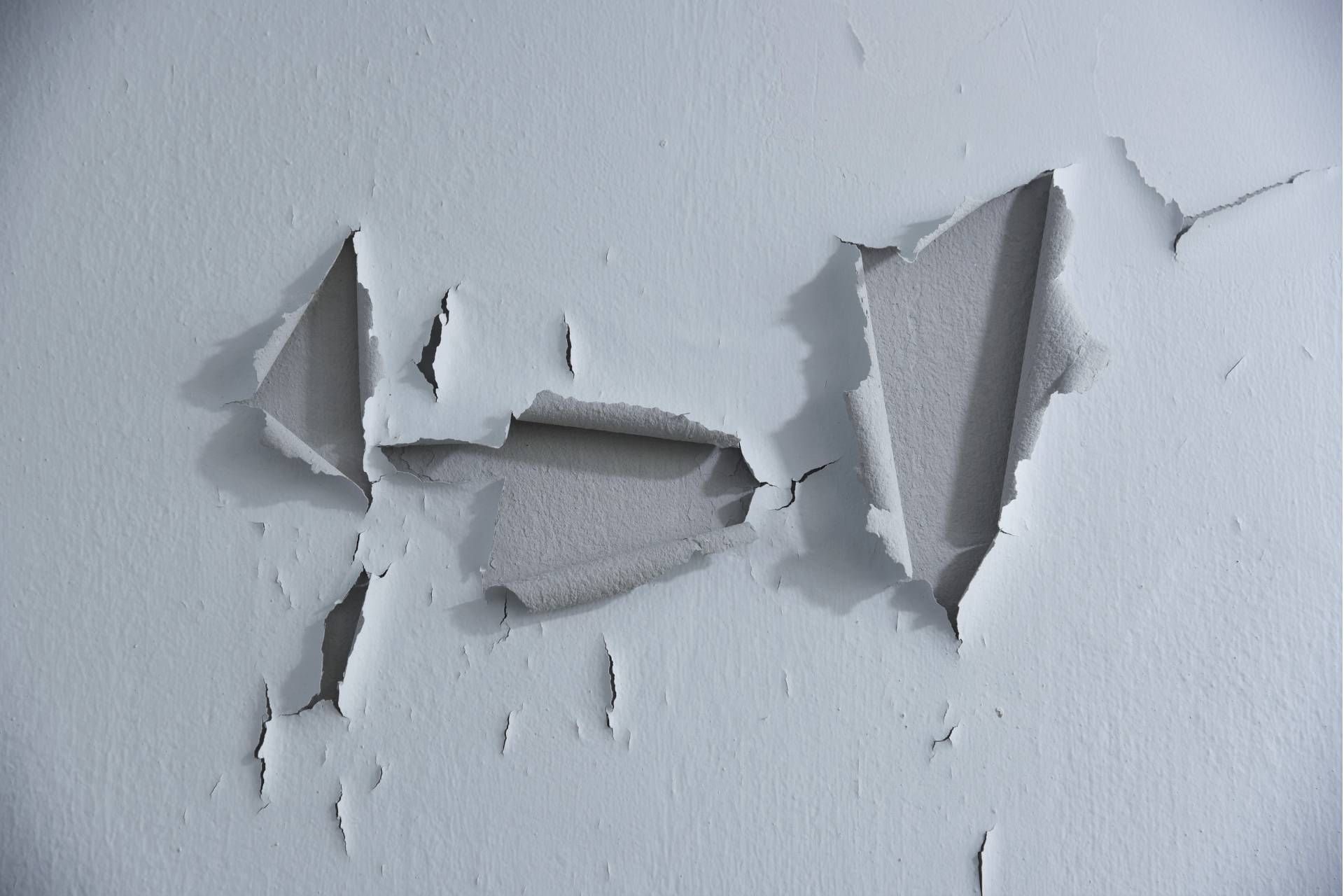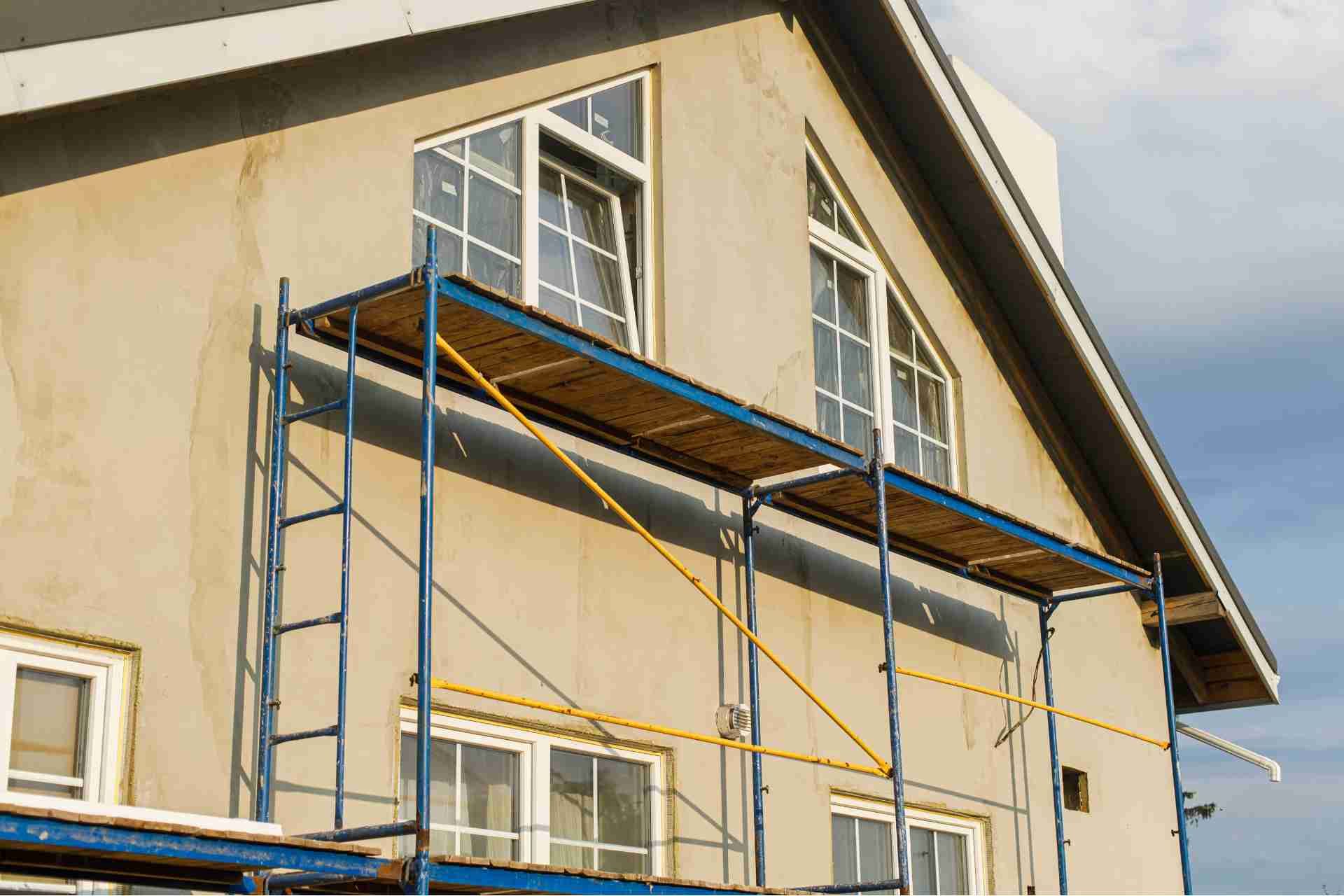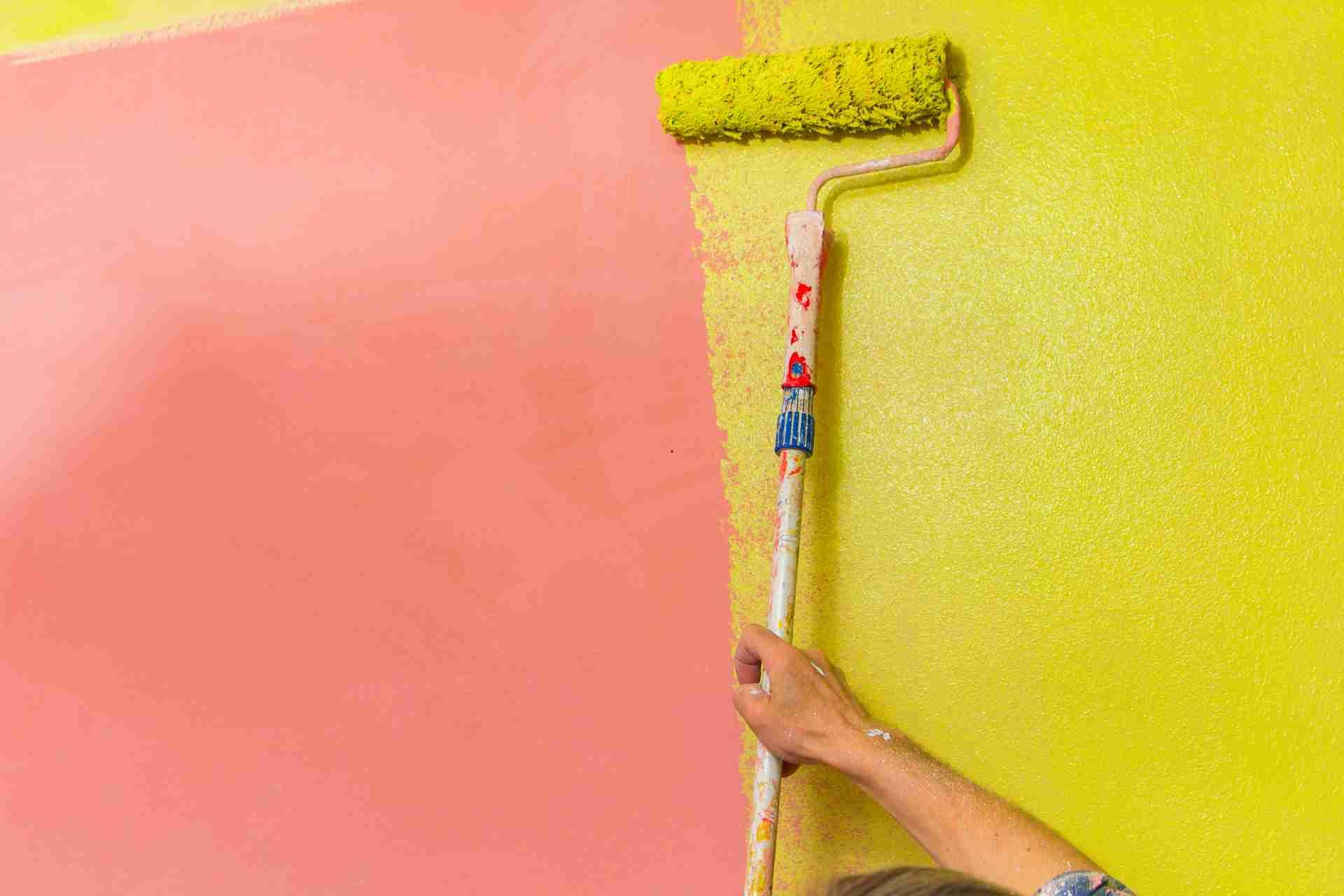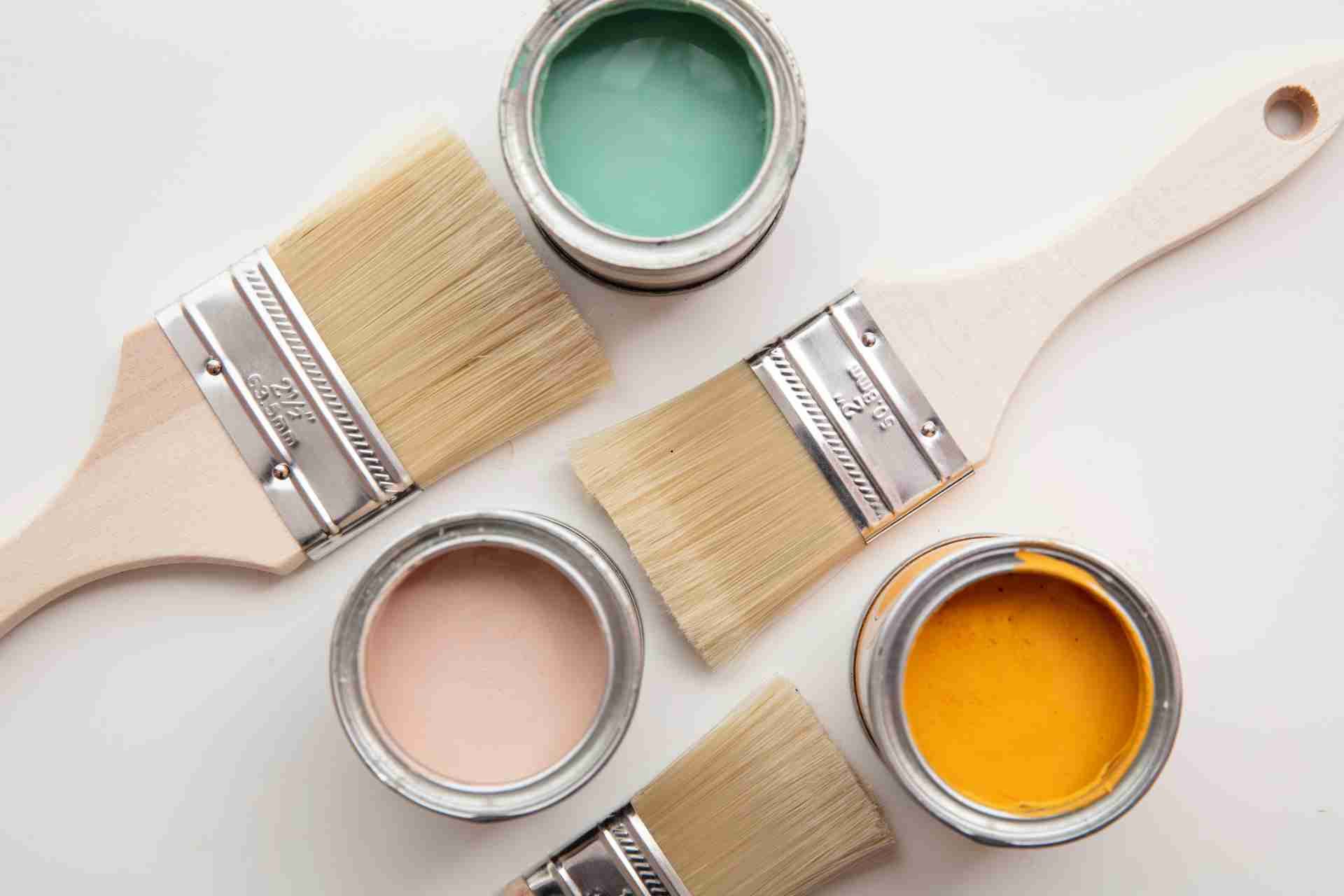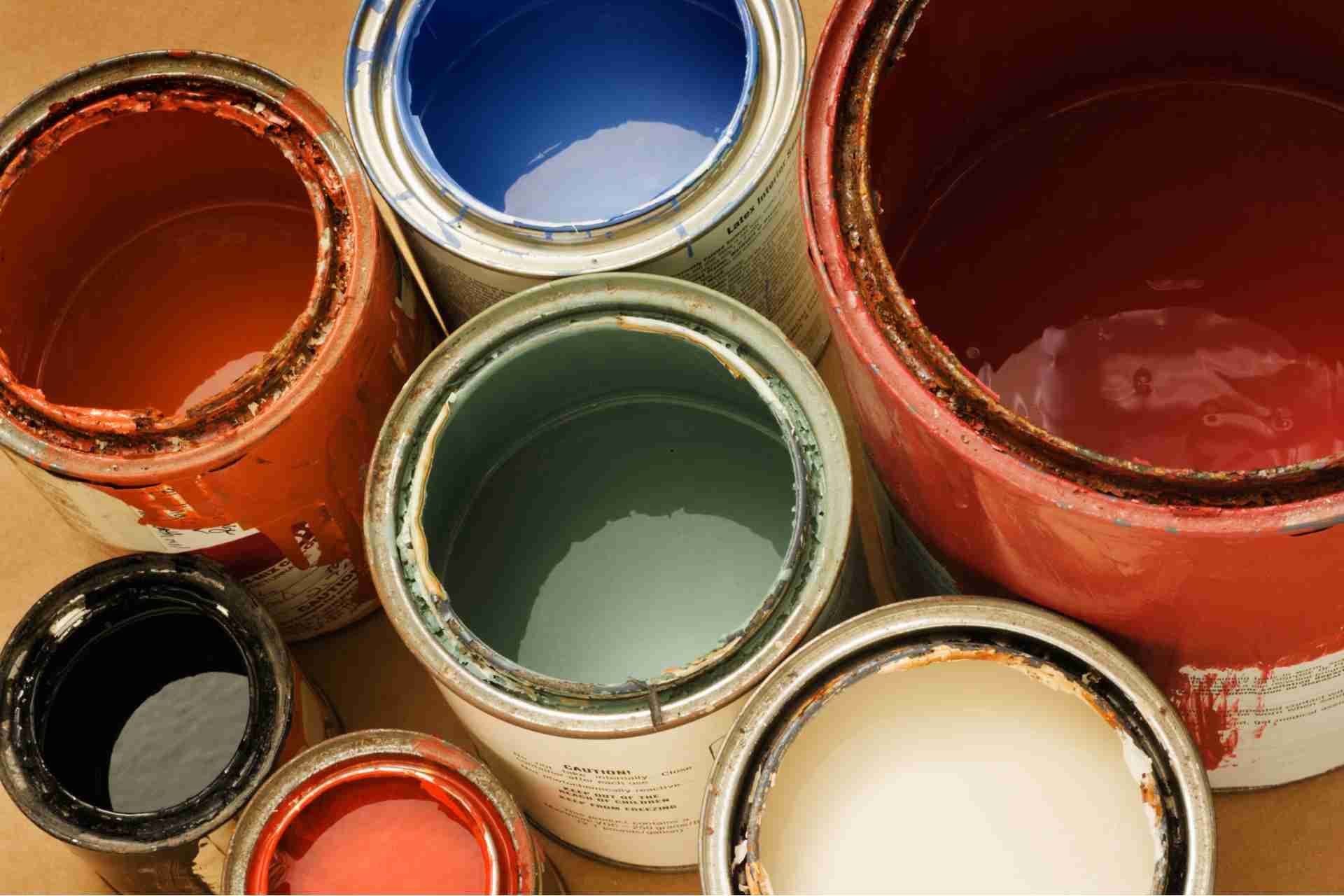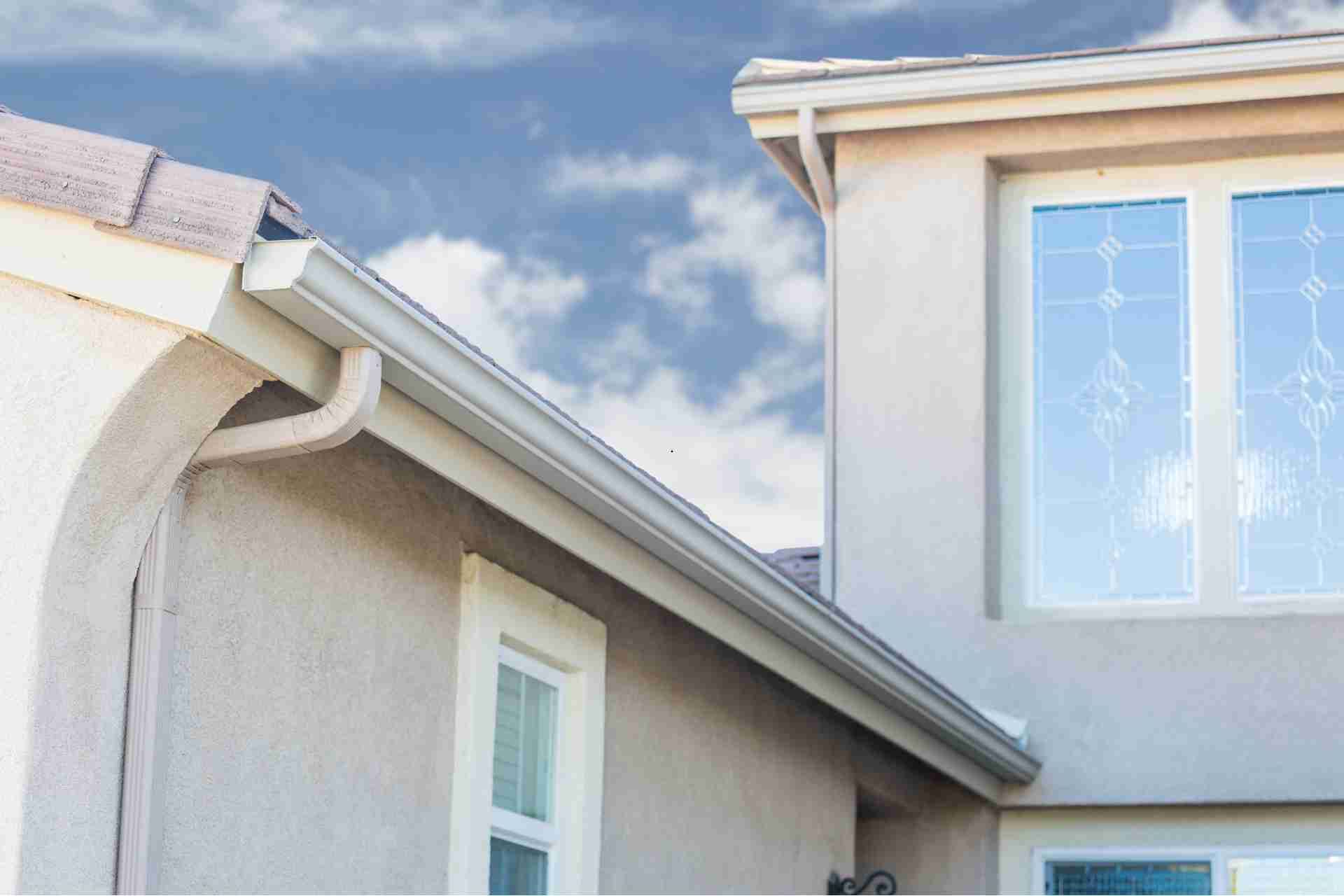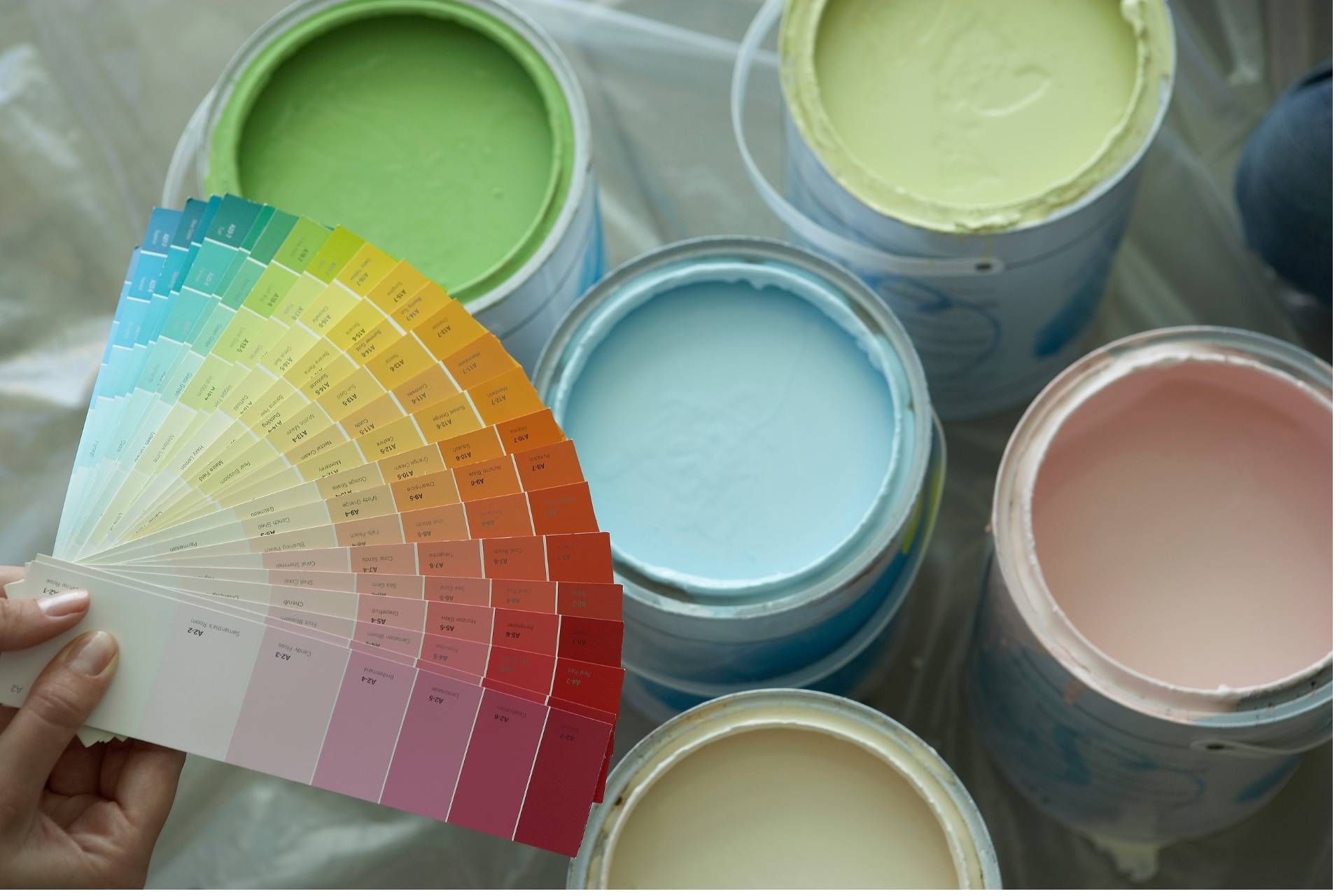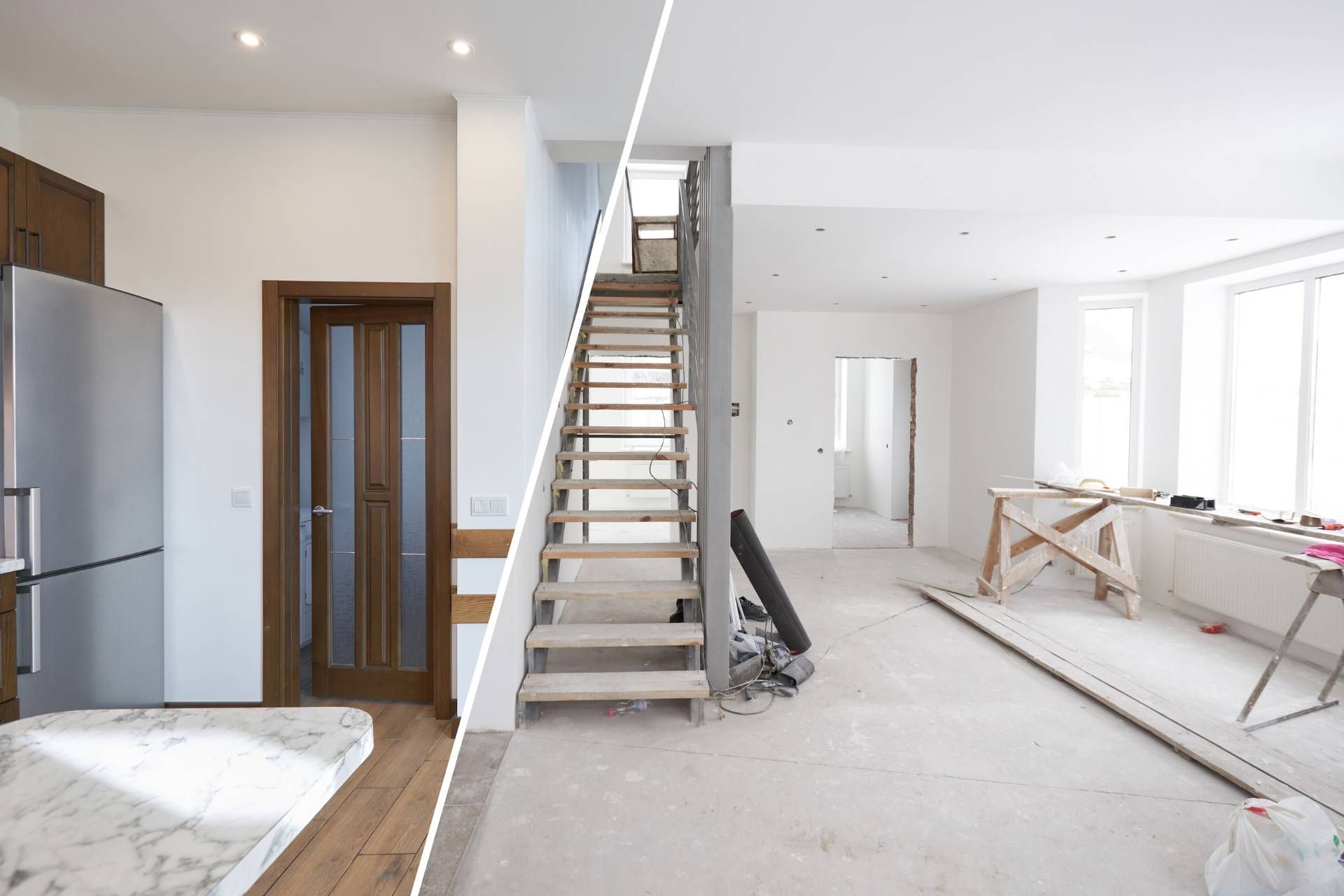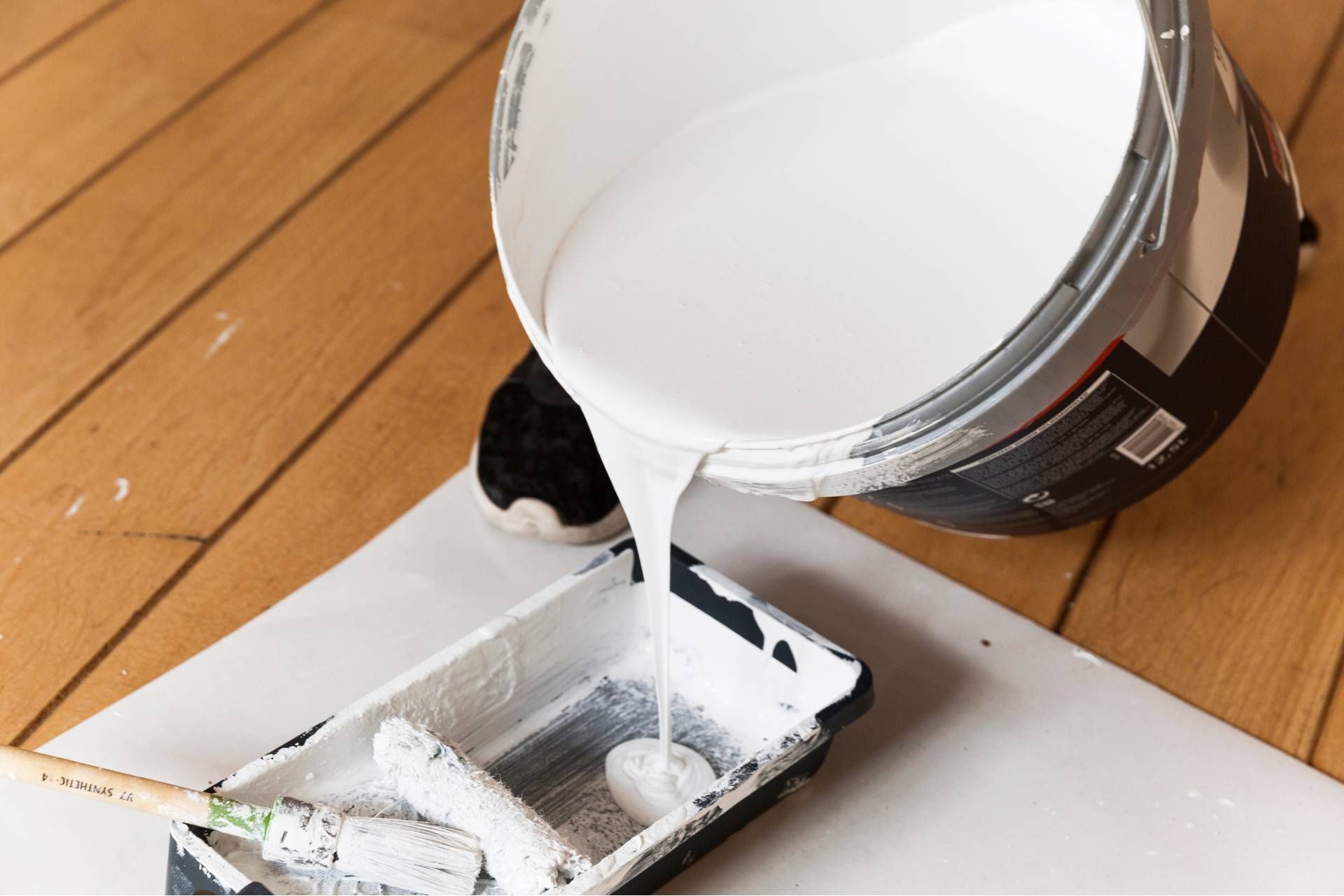Why Does Paint Peel: Common Reasons
Paint peeling can be a frustrating issue for many homeowners. It not only detracts from the appearance of a room or exterior of a home, but it can also be a sign of underlying problems that need to be addressed. There are several common reasons why paint peels, ranging from moisture issues to poor surface preparation.
In this blog post, we will explore some of the common reasons why does paint peel and provide tips on how to prevent this from happening in the future.
Why Does Paint Peel?
Moisture
Excess moisture can weaken the bond between the paint and the surface, causing the paint to peel. This can be due to high humidity, water leaks, or water seeping in through cracks and joints.
Poor surface preparation
Paint peeling occurs when the paint does not adhere properly to the surface it is applied to. This can happen for a number of reasons, but one of the most common causes is inadequate surface preparation. When a surface is not properly cleaned, sanded, or primed before painting, the paint may not be able to adhere properly, leading to peeling.
Low-quality paint
Low-quality paint often lacks the proper ingredients and adhesives needed to create a strong bond with the surface it is applied to. This can result in poor adhesion and ultimately lead to peeling paint. In addition, low-quality paint may not have the durability needed to withstand everyday wear and tear, leading to premature peeling.
Inadequate drying time
Proper drying time is essential when it comes to painting surfaces, as it allows the paint to fully adhere to the surface and cure properly. If the paint does not have enough time to dry before being exposed to various elements, such as moisture or high humidity, it can lead to peeling.
One of the main reasons for inadequate drying time is applying too many coats of paint too quickly. While it may be tempting to speed up the painting process by adding multiple coats in rapid succession, this can actually hinder the drying process and cause the paint to peel off.
Another common mistake that can result in inadequate drying time is painting in unfavorable conditions, such as high humidity or extreme temperatures. These factors can interfere with the drying process and prevent the paint from properly adhering to the surface.
Extreme temperatures
When paint is exposed to high temperatures, it can soften and become more malleable. This can cause the paint to lose its adhesion to the surface it is applied to, leading to peeling. On the other hand, when paint is exposed to low temperatures, it can become brittle and crack, which can also result in peeling.
Extreme temperatures can also cause the expansion and contraction of the surface underneath the paint, which can lead to cracking and peeling. For example, when a surface heats up in the sun, it will expand, causing the paint on top of it to crack and peel. Similarly, when a surface is exposed to cold temperatures, it will contract, which can also result in cracking and peeling of paint.
Improper application
Improper application techniques can also cause paint to peel. Applying paint too thickly or too thinly, using the wrong type of brush or roller, or not allowing each coat to dry properly can all result in peeling paint. It is important to follow the manufacturer's instructions and apply the paint in thin, even coats to achieve a smooth and durable finish.
Chemical exposure
Chemical exposure is a common cause of paint peeling in many homes and buildings. When certain chemicals come into contact with paint, it can cause the paint to deteriorate and peel off the surface it is adhered to. This not only affects the appearance of the space but can also lead to more serious issues such as exposure to toxic fumes or the weakening of the surface underneath.
Incompatible paint layers
Incompatible paint layers occur when one layer of paint is not compatible with the layer that is applied on top of it. This can lead to issues such as poor adhesion, bubbling, cracking, and ultimately, peeling. In order to prevent this from happening, it is important to understand the different types of paint and how they interact with each other.
One common cause of paint peeling is using oil-based paint over latex paint. Oil-based paint is known for its durability and is great for high-traffic areas, while latex paint is easier to clean and has less odor. However, if you apply oil-based paint over latex paint, the two may not adhere properly and can lead to peeling.
Another common issue is using water-based paint over oil-based paint. Water-based paint, also known as latex paint, is more environmentally friendly and easy to clean up with water. However, if you apply water-based paint over oil-based paint, the water-based paint may not bond properly with the oil-based paint and can result in peeling.
Age
Over time, paint may naturally begin to deteriorate and peel, especially if it was not well-maintained or if it was exposed to harsh environmental conditions.
How to Prevent Paint from Peeling
- Proper surface preparation: Make sure to clean and prime the surface before painting to ensure good adhesion. Remove any old, flaking paint and sand the surface if necessary.
- Use high-quality paint: Invest in a good quality paint that is designed for the specific surface you are painting. Cheaper paints are more likely to peel and crack over time.
- Apply primer: Using a primer before painting can help to create a smooth, durable surface for the paint to adhere to.
- Follow manufacturer's instructions: Always read and follow the manufacturer's instructions for your chosen paint product. This includes proper application techniques, drying times, and any other specific recommendations.
- Avoid painting in extreme temperatures: Painting in extreme heat or cold can cause paint to dry too quickly or not adhere properly. Aim to paint in moderate temperatures for best results.
- Allow for proper drying time: Make sure to allow each coat of paint to fully dry before applying the next coat. Rushing the drying process can lead to peeling and cracking.
- Maintain proper humidity levels: Excessive humidity can affect the drying process of paint and lead to peeling. Use a dehumidifier if necessary to control moisture levels.
- Repair any damage: Address any underlying issues such as water damage or cracks in the surface before painting. These issues can cause paint to peel if left unchecked.
- Avoid using too much paint: Applying too thick of a layer of paint can cause it to crack and peel over time. Follow the recommended coverage guidelines for your paint product.
- Regular maintenance: Keep an eye on the painted surfaces in your home and address any peeling or cracking as soon as it appears. Touch up any damaged areas to prevent further peeling.
Let the Pro Handle your Paint Job
Peeling paint can be a frustrating and unsightly problem, but with the help of
Grega Painting and Decorating, you can avoid this issue altogether. Our experienced team of professionals knows how to properly prep and paint surfaces to ensure a long-lasting and durable finish. Let us handle your paint job so you can enjoy a beautiful and seamless look without the worry of peeling paint.
Contact us today for a free estimate and let us transform your space with quality paint that lasts.


